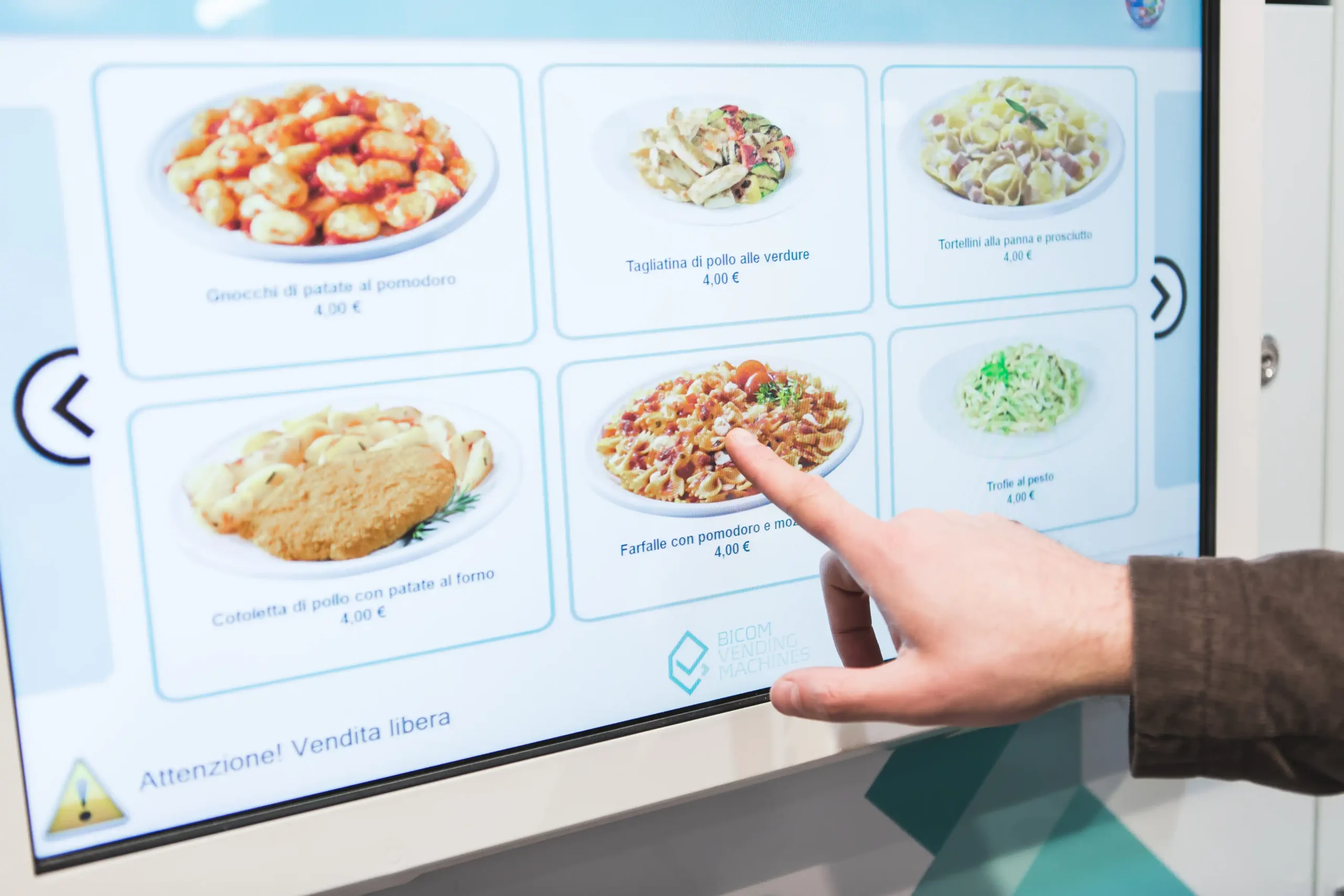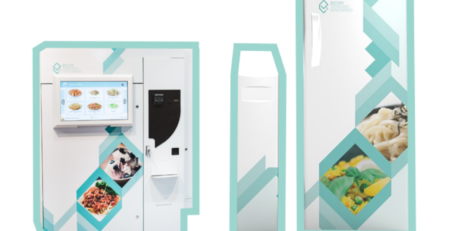Global Food Vending Market: Nation-by-Nation Analysis (2025)
Index
-
Introduction
-
Europe
2.1 Italy
2.2 Germany
2.3 France
2.4 Spain
2.5 United Kingdom
2.6 Netherlands
2.7 Belgium -
Americas
3.1 United States
3.2 Canada
3.3 Mexico
3.4 Brazil -
Asia
4.1 Japan
4.2 South Korea
4.3 China
4.4 India
4.5 Singapore -
Africa
5.1 South Africa
5.2 Nigeria
5.3 Egypt -
Oceania
6.1 Australia
6.2 New Zealand -
Conclusion
1. Introduction
The global food vending industry is undergoing a transformative shift driven by changing consumer habits, technology, and demand for healthy and convenient eating options. As of 2024, the global vending machine market is valued at approximately $45 billion, with food vending accounting for a rapidly growing segment. Technological advancements (e.g. touchless payments, real-time monitoring, AI-driven restocking) and new product formats (hot meals, healthy snacks, gourmet options) are pushing traditional vending into new territory.
2. Europe
2.1 Italy
Italy has one of the highest densities of vending machines in Europe, with over 800,000 units. The market thrives on coffee, snacks, and increasingly, ready meals. Italian manufacturers lead in vending innovation (Necta, Bianchi), and regulatory compliance is tightly managed under EU food safety rules. There’s strong growth in 24/7 fresh food vending and school/office deployment.
2.2 Germany
Germany boasts a modern and tech-forward vending scene. With 600,000+ machines, the market is diverse—ranging from bakeries and fresh milk to salads and hot meals. Health and sustainability are major trends, and the legal framework is strict on hygiene and allergens. Rural expansion is a key growth area.
2.3 France
France’s food vending market is expanding beyond traditional snack offerings. Hot food vending (quiches, pasta, sandwiches) is gaining traction, especially in transit areas. French operators emphasize local sourcing and artisanal quality. Regulations align with EU standards and emphasize nutritional labeling.
2.4 Spain
Spain’s vending sector is rebounding post-COVID, with strong emphasis on contactless tech and healthier options. Coffee vending remains dominant, but there’s growing interest in hot food and fresh fruit machines. Municipal incentives in regions like Catalonia are encouraging micro-entrepreneurs.
2.5 United Kingdom
UK vending is rapidly evolving thanks to urban tech adoption and changing eating habits. The market is expanding with micro-markets, gourmet vending, and autonomous kiosks. Healthy food mandates in schools and hospitals are shaping product mixes. Brexit has complicated some supply chains but opened local sourcing opportunities.
2.6 Netherlands
Dutch vending excels in innovation—offering salads, sandwiches, and even warm stroopwafels. Operators embrace sustainable packaging and cashless solutions. Regulatory enforcement is strong, and the market benefits from a dense cycling workforce and smart city infrastructure.
2.7 Belgium
Belgium sees stable growth, particularly in offices and hospitals. Quality coffee and packaged meals dominate, while public-private partnerships promote vending as part of smart mobility systems. Integration with public transport hubs is notable.
3. Americas
3.1 United States
The U.S. is the largest global vending market, with over 4 million machines. While cold drinks and snacks still dominate, hot food vending is expanding in airports, universities, and corporate campuses. Digital transformation is central—IoT, telemetry, and AI for stocking are common. Health regulations vary by state but are becoming more uniform. The rise of unattended retail and micro-markets is reshaping the business model.
3.2 Canada
Canada’s market mirrors the U.S. but on a smaller scale. Emphasis is on healthier items, and food safety regulations are strict. Indigenous communities and remote zones present unique opportunities for food vending expansion, particularly with frozen and prepared meal options.
3.3 Mexico
Vending in Mexico is growing, especially in urban areas. Snacks and drinks dominate, but the emergence of traditional food vending (tamales, tortas) is noteworthy. Payment innovation is slower, but mobile wallets are gaining ground. Regulatory gaps present both challenges and opportunities.
3.4 Brazil
Brazil has an emerging vending market with strong potential in urban centers. Coffee, snacks, and refrigerated items are common. Health trends are rising among younger consumers, and vending is increasingly used in metro stations, universities, and industrial parks. Local sourcing is key due to import duties.
4. Asia
4.1 Japan
Japan is the global leader in vending, with over 5 million machines and a culture of trust and innovation. Food vending ranges from hot ramen and burgers to sushi and desserts. Machines are meticulously maintained and located in both urban and rural zones. QR code payments, AI suggestions, and waste reduction are priorities.
4.2 South Korea
Korea’s vending sector is highly digital and concentrated in transit hubs and office zones. Hot and fresh food vending is strong, and integration with delivery apps is emerging. Pop culture-themed machines (K-pop, anime) attract youth segments. Regulation supports innovation but demands strict hygiene standards.
4.3 China
China is rapidly scaling its vending infrastructure, particularly in tier-1 and tier-2 cities. Smart vending (face recognition, AI menus) is growing. While snacks and beverages dominate, local hot dishes are increasingly sold via heated machines. Vending also supports rural food access, aligning with government goals.
4.4 India
India’s food vending market is nascent but promising. Airports, tech parks, and railways are key locations. Hygiene and pricing are major concerns, but solar-powered and touchless vending are gaining interest. Opportunities are vast in schools, hospitals, and tier-2 cities.
4.5 Singapore
Singapore has a compact yet highly developed vending ecosystem. From hot meals to ice cream and organic snacks, the focus is on variety and tech integration. Government supports vending as part of urban innovation, especially through the Smart Nation initiative.
5. Africa
5.1 South Africa
South Africa leads the continent’s vending growth, focusing on beverages and snacks. New entrants are piloting hot food and healthy vending in schools. Challenges include infrastructure, theft, and currency fluctuation. However, interest from malls and hospitals is increasing.
5.2 Nigeria
Nigeria’s vending market is still developing but growing in universities, airports, and corporate centers. Investment in mobile payments and solar-powered units is key to overcoming infrastructure limits. Local food vending is limited but culturally relevant.
5.3 Egypt
Egypt sees vending mostly in tourist zones and corporate offices. Coffee and snack vending are standard, but interest in hot food is growing. Localization of menus is crucial. Regulatory clarity is improving post-COVID.
6. Oceania
6.1 Australia
Australia has a modern and health-conscious vending industry. Machines often offer organic, gluten-free, and vegan options. Universities and transport hubs are core markets. Cashless payments and remote monitoring are standard. Sustainability (biodegradable packaging) is a growing focus.
6.2 New Zealand
New Zealand’s vending sector is small but high-quality. Hot meals, artisanal snacks, and health-focused options are prioritized. Vending supports remote tourism sites and office buildings. Regulation encourages traceability and waste minimization.
7. Conclusion
Across the globe, food vending is transitioning from basic snack dispensers to high-tech, health-conscious, and culturally adapted machines. Key global trends include:
-
Digitalization: IoT, cashless, AI stock management
-
Health focus: Fresh, organic, low-calorie products
-
Hot & gourmet food: Especially in Asia and Europe
-
Sustainability: Eco-friendly packaging, solar energy
-
Localization: Adapting menus to national and regional tastes
Strategic Recommendations:
-
Invest in smart vending platforms with real-time analytics
-
Localize product offerings to match regional demand
-
Expand into underserved areas (rural zones, remote campuses)
-
Prioritize regulatory compliance and food safety transparency
-
Partner with local producers for fresh and culturally relevant products






